Home>Dining>Tableware>How Long Does Plastic Cutlery Take To Decompose
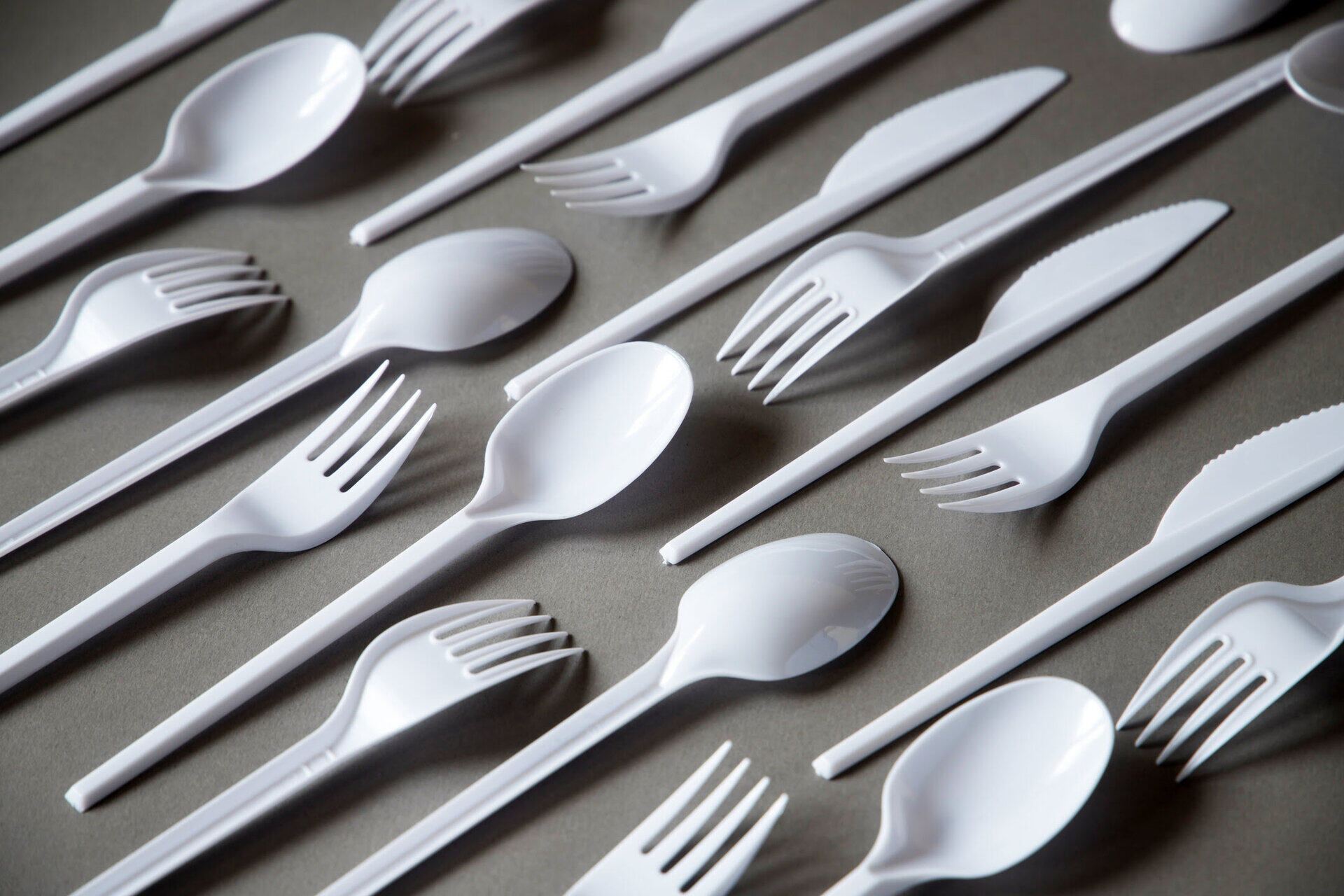

Tableware
How Long Does Plastic Cutlery Take To Decompose
Modified: December 7, 2023
Discover how long it takes for plastic tableware to decompose and the impact it has on the environment. Help reduce waste with eco-friendly alternatives.
(Many of the links in this article redirect to a specific reviewed product. Your purchase of these products through affiliate links helps to generate commission for Storables.com, at no extra cost. Learn more)
Introduction
Welcome to our comprehensive guide on plastic cutlery and its decomposition process. Plastic cutlery, such as forks, spoons, and knives, has become widely used due to its convenience and affordability. However, the environmental impact of plastic cutlery has sparked concern and led to increased interest in understanding its decomposition time.
In this article, we will delve into the definition of plastic cutlery, explore the environmental implications of its usage, discuss the decomposition process, factors affecting decomposition time, and examine the challenges associated with decomposing plastic cutlery. We will also explore alternative options to plastic cutlery that are more sustainable and eco-friendly.
Plastic cutlery is typically made from a type of plastic called polystyrene, which is derived from petroleum. This material is lightweight, durable, and has low production costs, making it a popular choice for single-use utensils. However, the long decomposition time of plastic cutlery poses a significant problem in terms of waste management and environmental preservation.
The improper disposal of plastic cutlery has contributed to the accumulation of plastic waste, particularly in landfills and oceans. Plastic waste takes hundreds of years to decompose, and during this process, it releases harmful chemicals and microplastics into the environment, posing threats to wildlife, ecosystems, and human health.
Understanding the decomposition process of plastic cutlery is vital in order to assess the potential environmental impact and seek alternative solutions. By examining the factors that influence decomposition time, we can gain insights into how different environments and conditions affect the breakdown of plastic cutlery.
This article aims to provide you with a comprehensive overview of the decomposition process of plastic cutlery, as well as potential alternatives that can help reduce the negative effects of single-use utensils on the environment.
Key Takeaways:
- Plastic cutlery, primarily made of polystyrene, takes hundreds of years to decompose, contributing to pollution and harm to ecosystems and wildlife, highlighting the urgent need for sustainable alternatives and responsible waste management practices.
- Factors such as type of plastic, environmental conditions, and thickness affect the decomposition time of plastic cutlery, emphasizing the importance of informed consumption habits and exploring eco-friendly alternatives to reduce plastic waste.
Definition of Plastic Cutlery
Plastic cutlery refers to a set of utensils made from plastic materials, typically used for eating and serving food. It includes items such as forks, spoons, knives, and sometimes even disposable plates and cups. Plastic cutlery is designed to be lightweight, convenient, and disposable, making it a popular choice for various occasions, including parties, picnics, takeout meals, and fast food restaurants.
The most commonly used plastic material for manufacturing cutlery is polystyrene, also known as Styrofoam. Polystyrene is a synthetic polymer derived from petroleum, and it is favored for its low cost of production, durability, and resistance to heat and moisture. Other types of plastics, such as polypropylene and polyethylene, may also be used to produce plastic cutlery.
Plastic cutlery comes in various shapes, sizes, and colors to cater to different dining needs and preferences. It is often packaged in individual sets or bulk packs for easy distribution and use. The lightweight nature of plastic cutlery makes it convenient for take-out meals and on-the-go consumption, contributing to its widespread use in the food service industry.
While plastic cutlery offers convenience and affordability, it also poses significant environmental challenges. Single-use plastic utensils are discarded after a single use, contributing to the growing problem of plastic waste. Due to their low degradation rate, plastic cutlery can persist in the environment for hundreds of years, causing pollution and harm to ecosystems and wildlife.
Given the detrimental impact of plastic cutlery on the environment, there has been an increasing focus on finding sustainable alternatives. This includes exploring biodegradable or compostable options made from plant-based materials or using reusable cutlery made from materials like stainless steel or bamboo. These alternatives aim to reduce the reliance on single-use plastics and promote more eco-friendly dining practices.
In the following sections, we will delve deeper into the environmental impact of plastic cutlery and the process of decomposition, shedding light on the challenges associated with its disposal and exploring alternative solutions for a more sustainable future.
Environmental Impact of Plastic Cutlery
The extensive use of plastic cutlery has resulted in severe environmental consequences, primarily due to its non-biodegradable nature and improper disposal practices. Here are some key environmental impacts associated with plastic cutlery:
- Pollution: Plastic cutlery is a major contributor to plastic pollution. When improperly disposed of, it often ends up in landfills, waterways, and oceans. Plastic waste in these environments not only spoils the aesthetic appeal but also poses significant threats to wildlife. Marine animals often mistake plastic cutlery for food, leading to ingestion and entanglement, which can be fatal.
- Microplastics: Plastic cutlery, over time, breaks down into smaller pieces known as microplastics. These tiny particles often accumulate in water bodies, soil, and even the air. Microplastics have become a pervasive environmental issue, as they can enter the food chain and have negative consequences on ecosystems and human health.
- Resource Depletion: The production of plastic cutlery requires the extraction of fossil fuels and consumes significant amounts of energy and water. This contributes to the depletion of natural resources and exacerbates climate change concerns. Furthermore, the manufacturing process releases greenhouse gases and other pollutants, further harming the environment.
- Landfill Space: Plastic cutlery, due to its slow decomposition rate, occupies valuable landfill space. As landfills reach capacity, the need for additional disposal sites increases, leading to further environmental degradation and deforestation.
- Chemical Leaching: Plastic cutlery, especially when exposed to heat, can release harmful chemicals into the food it comes into contact with. These chemicals, such as styrene and bisphenol-A (BPA), have been linked to various health issues, including hormonal imbalances and developmental problems.
Considering these negative impacts, addressing the use and disposal of plastic cutlery is crucial for the well-being of our planet. Exploring sustainable alternatives and adopting responsible waste management practices are essential steps towards minimizing the environmental consequences associated with plastic utensils.
Decomposition Process of Plastic Cutlery
The decomposition process of plastic cutlery is a slow and complex phenomenon due to the chemical composition and structure of plastic materials. Unlike organic matter, plastic is not biodegradable, meaning it cannot be broken down by natural processes into its basic components.
Plastic cutlery, particularly those made of polystyrene, is composed of long chains of carbon and hydrogen atoms. These chains form a strong and durable material that is resistant to the action of enzymes and microorganisms that would typically break down organic matter.
Instead of biodegradation, plastic cutlery undergoes a process called photodegradation. When exposed to ultraviolet (UV) radiation from sunlight, the plastic molecules begin to break down. UV rays cause the polymer chains to fragment into smaller, brittle pieces.
However, this fragmentation process does not fully decompose the plastic cutlery. The resulting broken-down pieces, called microplastics, persist in the environment for an extended period. Microplastics can accumulate in soil, water bodies, and even the atmosphere, posing significant ecological and health risks.
As the decomposition of plastic cutlery continues, additional factors such as temperature, moisture, and mechanical stress can further accelerate the degradation process. Heat and humidity can cause the plastic to become more brittle and prone to breakage.
While plastic cutlery does not completely decompose, it undergoes a process known as weathering. Over time, exposure to environmental conditions causes physical changes in the plastic, such as discoloration, cracking, and crumbling.
It is important to note that the exact time it takes for plastic cutlery to decompose varies depending on several factors, including the type of plastic, thickness, environmental conditions, and the presence of additives or pollutants. In general, it can take hundreds of years for plastic cutlery to fragment and degrade.
Understanding the decomposition process of plastic cutlery highlights the need for sustainable alternatives and responsible waste management practices. By reducing the use of plastic cutlery and promoting recycling, we can mitigate the long-term environmental impact associated with the disposal of single-use utensils.
Factors Affecting Decomposition Time
The decomposition time of plastic cutlery is influenced by several factors that can either accelerate or impede the process. Here are some key factors that affect the decomposition time of plastic cutlery:
- Type of Plastic: Different types of plastics have varying degradation rates. For instance, polystyrene, commonly used in plastic cutlery, takes longer to decompose compared to other plastics such as polyethylene or polypropylene.
- Environmental Conditions: The condition of the environment plays a significant role in the decomposition process. Factors such as temperature, humidity, and exposure to sunlight can affect the rate at which plastic cutlery breaks down. Higher temperatures and increased moisture levels tend to accelerate decomposition, while extreme cold or dry conditions can slow down the process.
- Thickness of Plastic: Thicker plastic cutlery takes a longer time to decompose compared to thinner or smaller pieces. This is because thicker plastic items have more material that needs to degrade and break down.
- Presence of Additives: Plastic cutlery may contain additives such as plasticizers, colorants, or UV stabilizers, which can affect the decomposition time. Some additives can slow down the degradation process, making the plastic more resistant to environmental factors.
- Pollution and Contamination: Plastic cutlery that is exposed to pollutants or chemicals, either in the environment or during the manufacturing process, may have a reduced decomposition rate. Contaminants can interfere with the natural breakdown of plastic and hinder the activity of microorganisms or enzymes that aid in degradation.
- Waste Management Practices: Proper waste management practices can have a significant impact on the decomposition time of plastic cutlery. When plastic utensils are sent to landfills, the lack of oxygen and ideal conditions for microbial activity can slow down decomposition. Conversely, when plastic cutlery is recycled, it can be processed and used for manufacturing new products, reducing the overall environmental impact.
It is essential to consider these factors when assessing the environmental impact of plastic cutlery and the time it takes for it to decompose. By understanding these influences, we can make more informed choices about our consumption habits and explore alternative options that are more eco-friendly and sustainable.
Plastic cutlery can take hundreds of years to decompose in landfills. To reduce its environmental impact, consider using reusable or biodegradable alternatives.
Time it Takes for Plastic Cutlery to Decompose in Different Environments
The decomposition time of plastic cutlery can vary significantly depending on the environment in which it is exposed. Here’s an overview of the estimated decomposition time of plastic cutlery in different environments:
- Landfills: When plastic cutlery is disposed of in landfills, the lack of oxygen and ideal conditions for microbial activity slows down the decomposition process. It can take hundreds of years for plastic cutlery to degrade in these anaerobic environments, leading to long-term accumulation of plastic waste.
- Oceans and Water Bodies: Plastic cutlery that ends up in oceans and water bodies can take an extensive amount of time to decompose. Estimates suggest that it can take up to 200 years or more for plastic cutlery to break down in marine environments, leading to severe pollution and threats to marine life.
- Soil and Composting: In soil or composting conditions, the decomposition time of plastic cutlery varies depending on factors such as temperature, moisture, and the presence of microorganisms. In general, it can take anywhere from several years to several decades for plastic cutlery to partially degrade, leaving behind microplastic fragments.
- Open Environment: Plastic cutlery that is exposed to conditions in the open environment, such as sunlight, rain, and wind, can undergo significant weathering and fragmentation. While full decomposition may not occur, this exposure can lead to the breakdown of plastic cutlery in the form of microplastic particles over the course of several decades.
- Recycling: Plastic cutlery that is properly recycled can be processed into new products. Through recycling, the decomposition time is reduced, as the plastic is reused rather than being discarded as waste. Recycling plastic cutlery is a crucial step towards minimizing the environmental impact and conserving resources.
It is important to note that the estimated decomposition times mentioned above are rough estimates and can vary based on factors such as the type of plastic, thickness of the cutlery, and the specific conditions of the environment.
Considering the significant amount of time it takes for plastic cutlery to decompose, it is crucial to explore alternative options that are more sustainable and eco-friendly. By reducing the use of single-use plastic cutlery and adopting reusable or biodegradable alternatives, we can contribute to the preservation of the environment and the reduction of plastic waste.
Challenges in Decomposing Plastic Cutlery
The decomposition of plastic cutlery poses several challenges due to its chemical composition, durability, and improper disposal practices. Here are some key challenges in decomposing plastic cutlery:
- Non-Biodegradable Nature: Plastic cutlery is made from synthetic polymers that are not easily broken down by natural processes. Unlike organic materials, plastic does not readily decompose through biological means, leading to its persistence in the environment for hundreds of years.
- Slow Decomposition Rate: Plastic cutlery takes an incredibly long time to decompose. Factors such as the type of plastic, environmental conditions, and thickness of the cutlery can influence the rate of degradation. However, even under optimal conditions, it can still take decades or even centuries for plastic cutlery to break down.
- Microplastic Generation: As plastic cutlery undergoes the decomposition process, it breaks down into smaller fragments known as microplastics. These tiny particles can be as small as 5mm or less and can persist in the environment for an extended period. Microplastics pose significant ecological and health risks, as they can enter the food chain and have adverse effects on organisms and ecosystems.
- Improper Disposal and Recycling: Many plastic cutlery items end up in landfills or are improperly disposed of in the environment. This improper disposal not only leads to the accumulation of plastic waste but also hinders the potential for recycling and responsible waste management. Inadequate infrastructure and lack of awareness further exacerbate the challenges in decomposing plastic cutlery.
- Chemical Release and Pollution: During the decomposition process, plastic cutlery can release harmful chemicals into the environment. These chemicals include additives, dyes, and plasticizers, which can contaminate soil and water, and negatively impact wildlife and human health. The leaching of these chemicals can have long-lasting consequences for ecosystems.
- Environmental Impact: The presence of plastic cutlery in the environment has far-reaching consequences. It contributes to the pollution of land, water bodies, and oceans, endangering wildlife and disrupting ecosystems. Plastic waste also requires significant energy and resources to manage, leading to additional environmental burdens.
Addressing these challenges requires a collaborative effort from individuals, communities, businesses, and governments. Promoting sustainable alternatives to plastic cutlery, investing in recycling infrastructure, and raising awareness about responsible waste management practices are crucial steps towards mitigating the environmental impact of plastic cutlery and working towards a more sustainable future.
Alternatives to Plastic Cutlery
Recognizing the environmental impact of plastic cutlery, there has been an increasing demand for sustainable alternatives. Several eco-friendly options are available that can help reduce the reliance on single-use plastics. Here are some alternatives to plastic cutlery:
- Reusable Cutlery: One of the most effective alternatives to plastic cutlery is using reusable utensils made from materials such as stainless steel, bamboo, or durable plastics. These utensils can be used multiple times, reducing the need for single-use, disposable options.
- Compostable Cutlery: Compostable cutlery is made from plant-based materials, such as cornstarch, wheat straw, or sugarcane pulp. These utensils are designed to break down into organic matter under specific composting conditions, offering a more eco-friendly option for disposable utensils.
- Edible Cutlery: Edible cutlery is an innovative solution that offers a sustainable and zero-waste option. These utensils are typically made from ingredients like wheat, rice, or sorghum, and can be consumed after use, eliminating the need for disposal.
- Wooden Cutlery: Wooden cutlery, often made from birchwood or bamboo, is a biodegradable alternative that can be composted or safely disposed of in the environment. These utensils are lightweight, sturdy, and provide a natural and eco-friendly choice.
- Plant-Based Plastics: Some companies are developing biodegradable plastics made from plant-based sources, such as corn or potato starch, which can be used for cutlery production. These plant-based plastics have a reduced environmental impact and can break down more easily compared to traditional plastics.
- Reusable Container and Cutlery Sets: Opting for reusable container and cutlery sets can significantly reduce the need for single-use plastic cutlery when dining on-the-go or ordering takeout. These sets often include utensils, a container, and sometimes a cloth napkin, providing a convenient and sustainable option.
Switching to these alternatives can help minimize plastic waste and reduce the environmental impact associated with plastic cutlery. However, it is essential to choose options that are aligned with local waste management practices, such as proper disposal or composting facilities.
Individual actions, such as carrying reusable cutlery and refusing single-use plastic utensils when dining out, can also make a significant difference in reducing plastic consumption. Encouraging businesses and food establishments to offer sustainable alternatives and promoting awareness about the environmental impact of plastic cutlery are vital steps towards creating a more sustainable future.
By embracing these alternative options and adopting responsible dining practices, we can move towards a more eco-friendly and plastic-free future, combating the challenges posed by plastic cutlery.
Conclusion
The use of plastic cutlery has undoubtedly provided convenience and affordability in our fast-paced lives. However, the environmental impact of plastic cutlery cannot be ignored. The slow decomposition rate, generation of microplastics, and pollution caused by these single-use utensils pose significant challenges.
Understanding the decomposition process of plastic cutlery, along with the factors that influence its degradation, is crucial in addressing the environmental concerns associated with its disposal. Landfills and oceans become dumping grounds for plastic cutlery, contributing to pollution and harm to ecosystems and wildlife.
Exploring alternatives to plastic cutlery is key to reducing its environmental impact. Reusable cutlery made from materials like stainless steel or bamboo, compostable utensils derived from plant-based sources, and edible options offer sustainable choices. These alternatives help reduce plastic waste and the long-term environmental consequences it brings.
Efforts to improve waste management practices, including recycling infrastructure, and promoting responsible consumption and disposal habits are essential in combating the challenges posed by plastic cutlery. Collaboration between individuals, communities, businesses, and governments is necessary to drive change and create a more sustainable future.
Ultimately, it is up to each of us to make conscious choices in our daily lives. By opting for sustainable alternatives and actively participating in efforts to reduce plastic consumption, we can contribute to a cleaner and healthier environment for future generations.
Let’s embrace sustainable dining practices and say goodbye to plastic cutlery, paving the way for a more eco-friendly world.
Frequently Asked Questions about How Long Does Plastic Cutlery Take To Decompose
Was this page helpful?
At Storables.com, we guarantee accurate and reliable information. Our content, validated by Expert Board Contributors, is crafted following stringent Editorial Policies. We're committed to providing you with well-researched, expert-backed insights for all your informational needs.
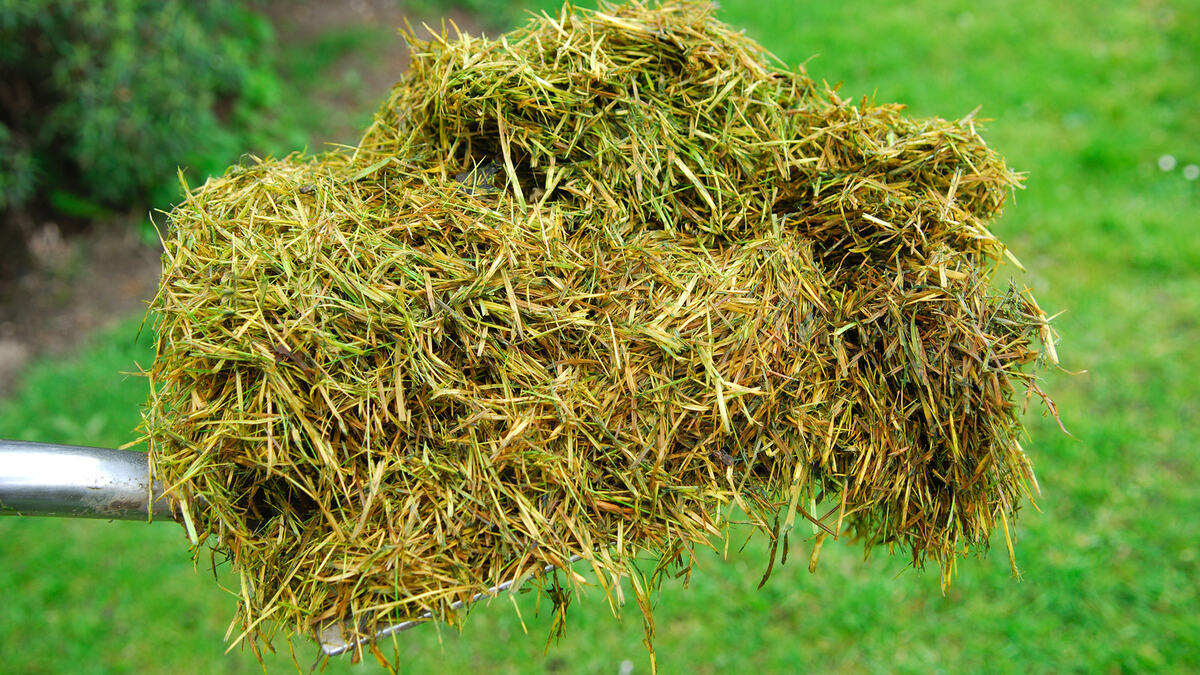

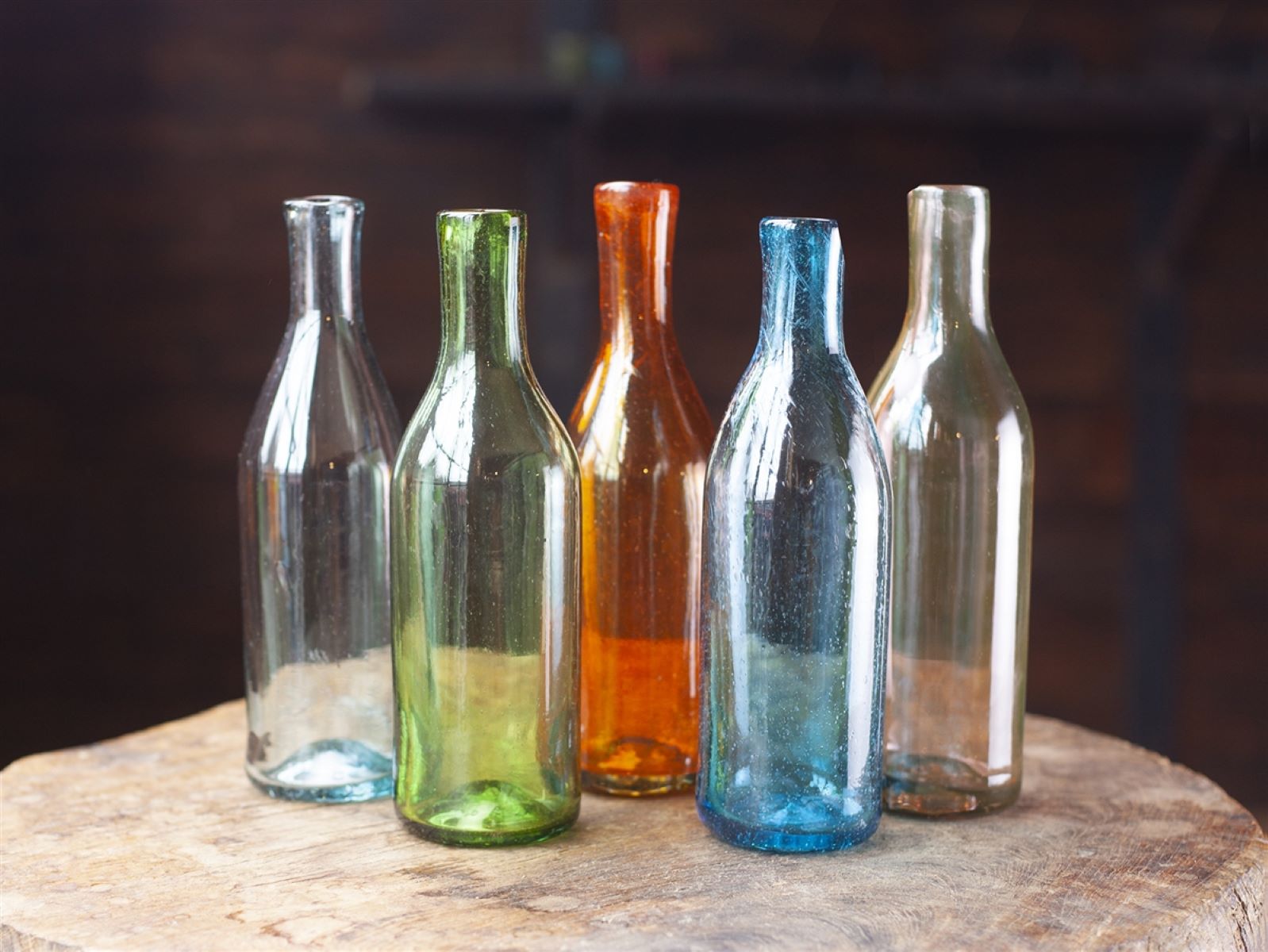
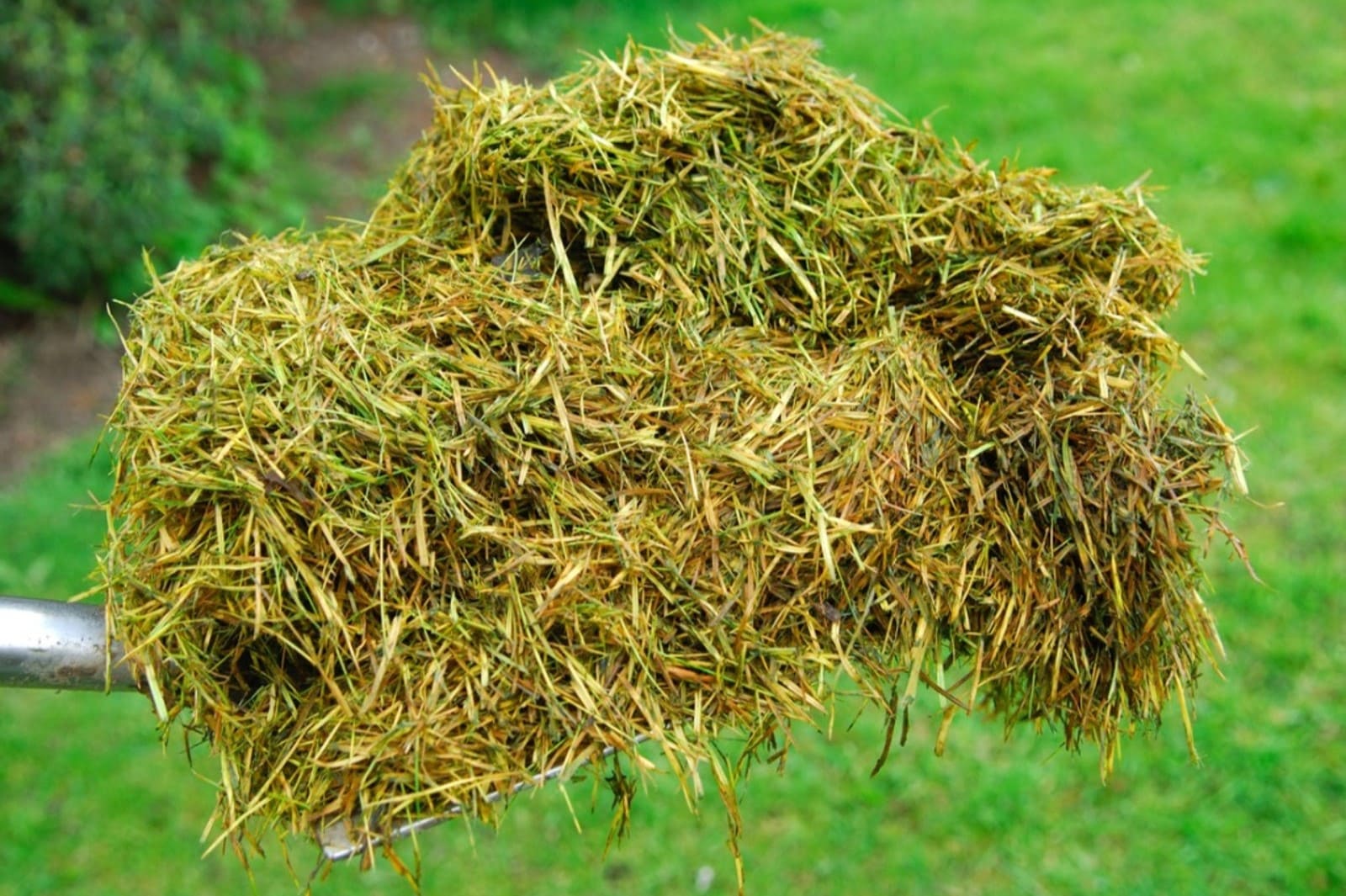
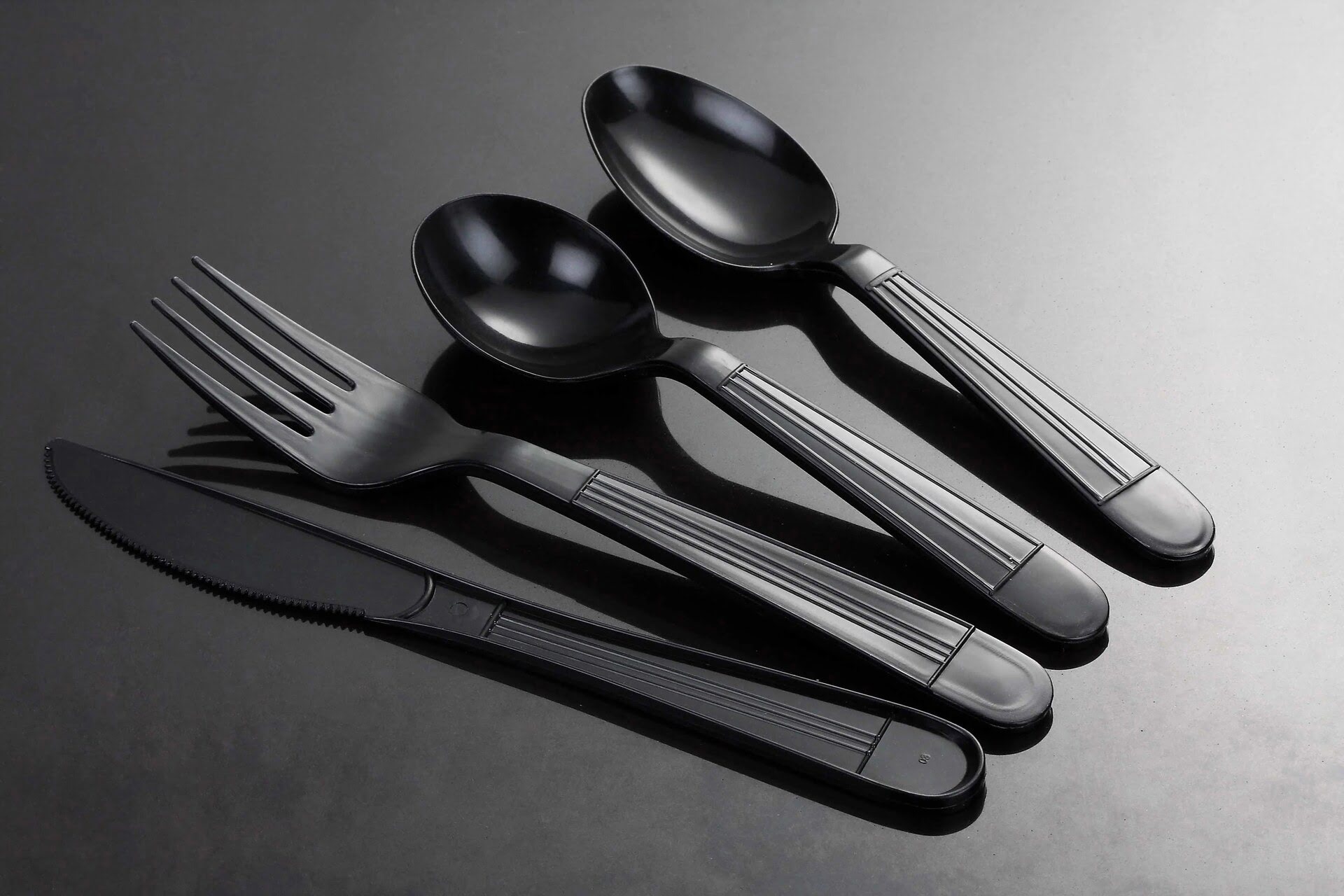
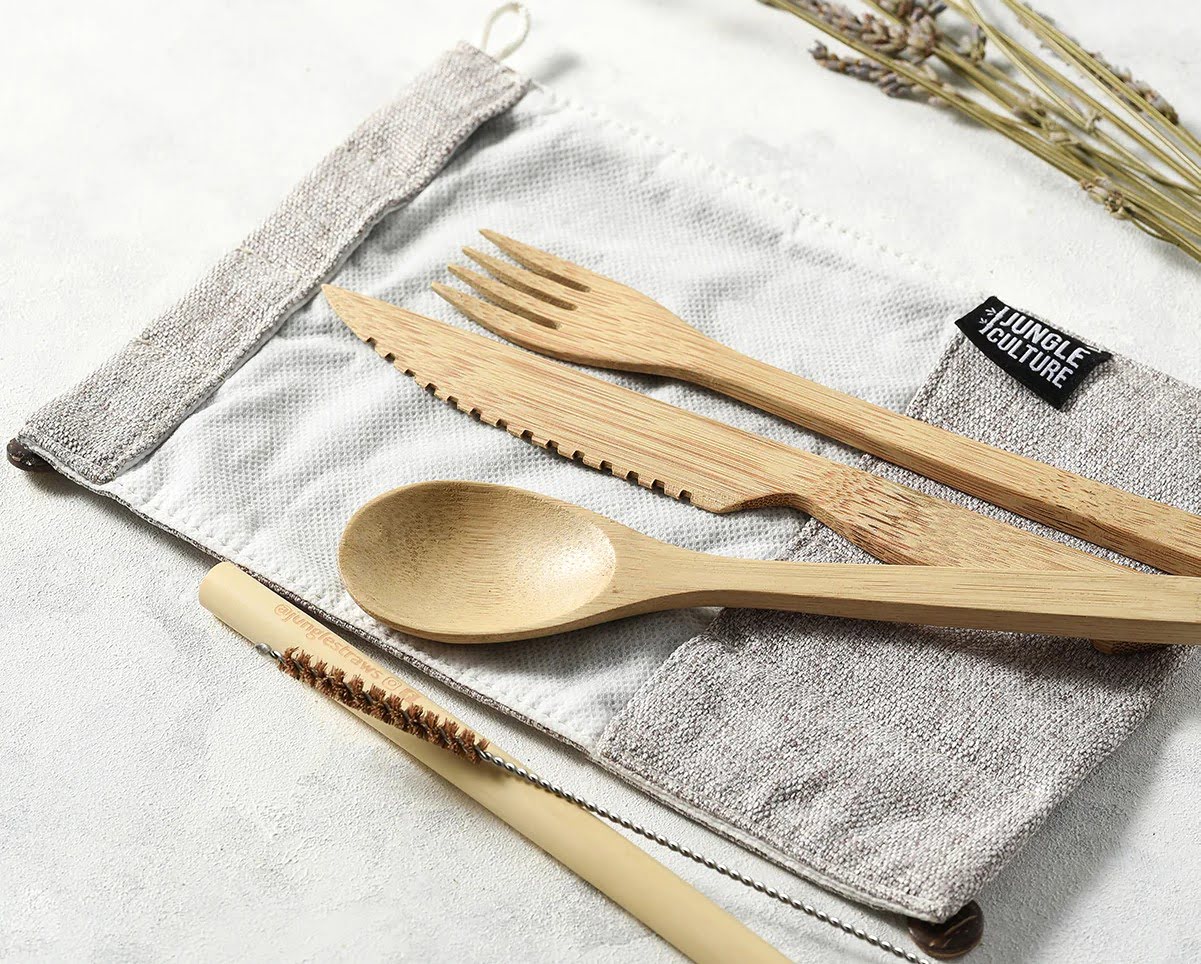
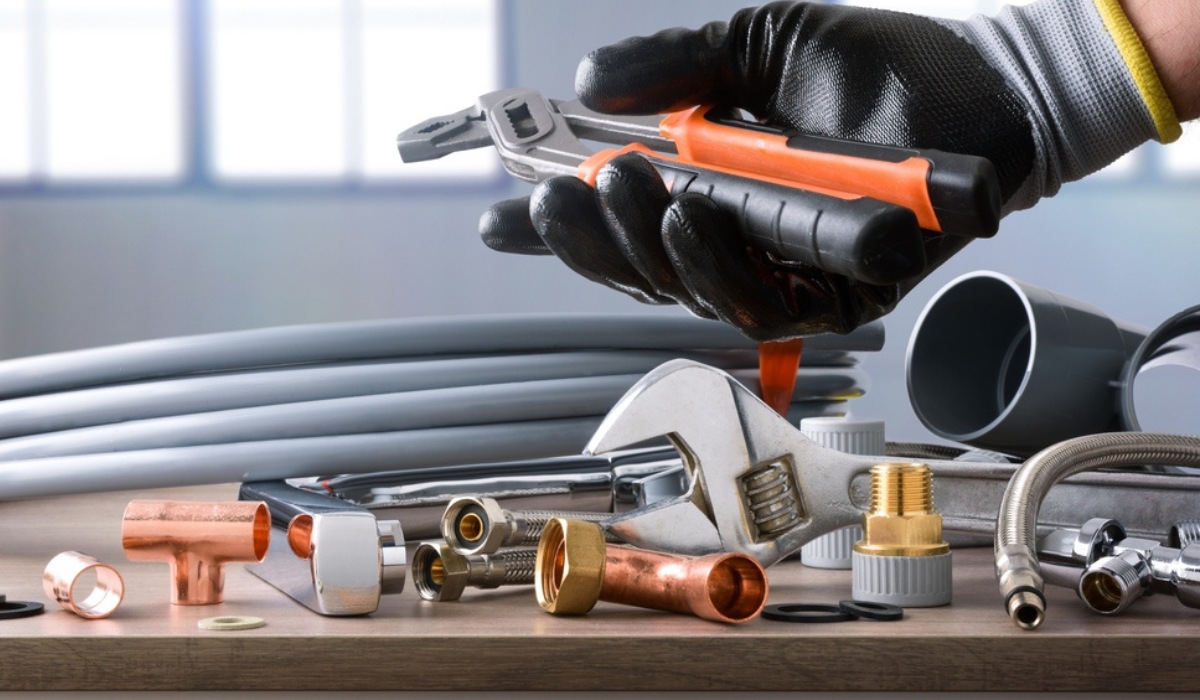

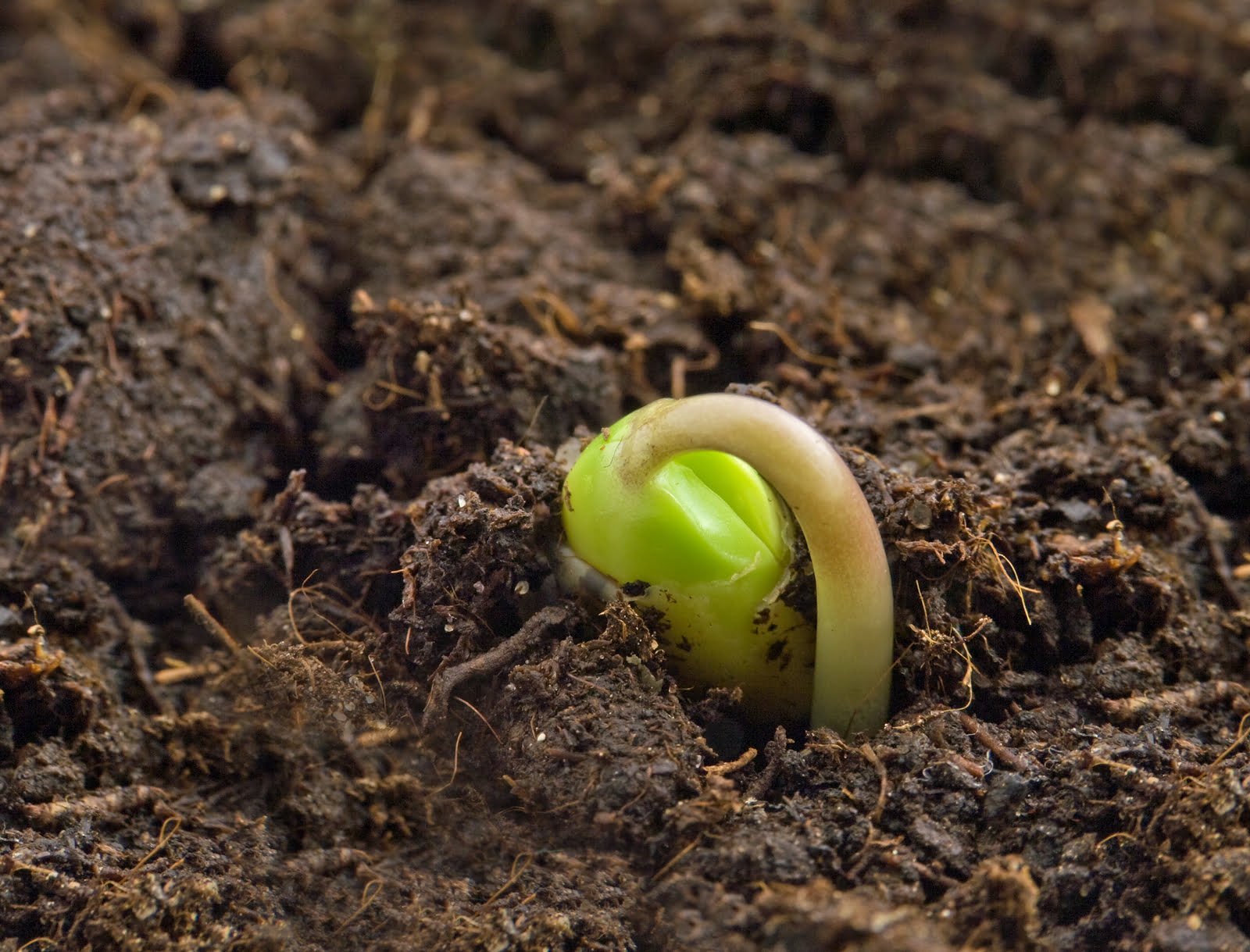

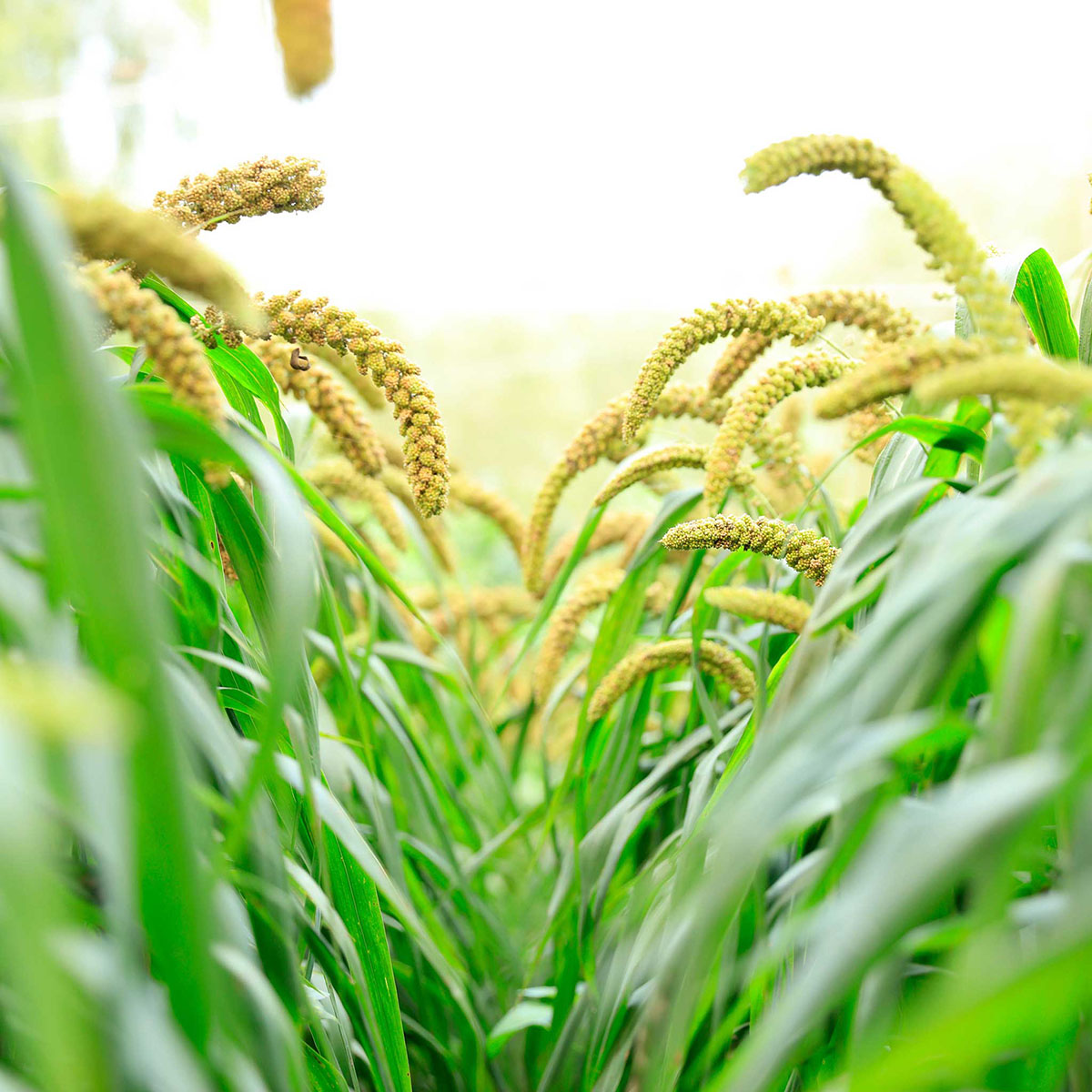
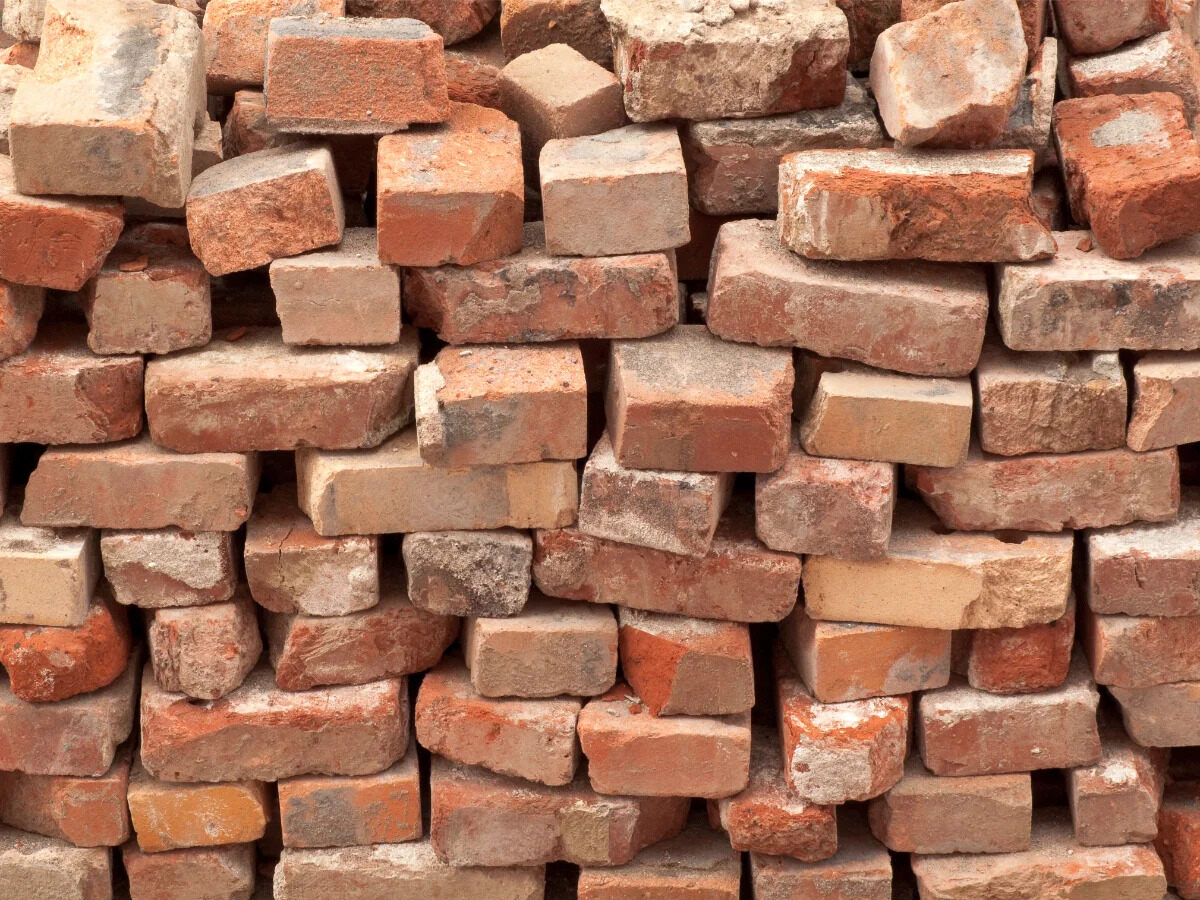



0 thoughts on “How Long Does Plastic Cutlery Take To Decompose”